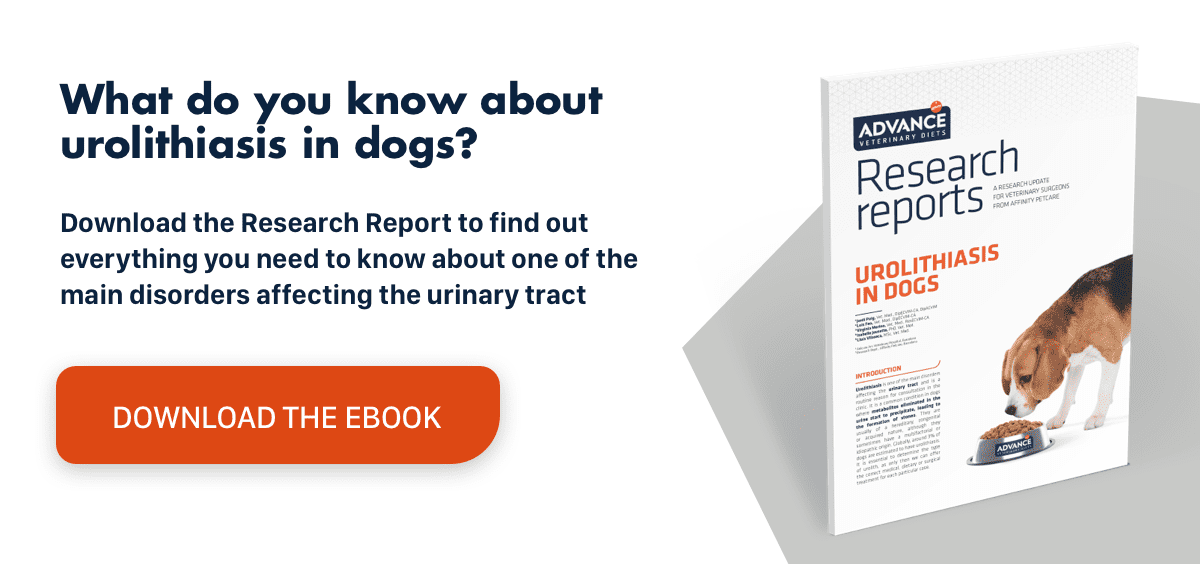Antibiotics for cats: allergy to antibiotics in cats
Antibiotics are used to treat a wide range of infections, primarily those caused by bacteria. Although they are generally effective and well tolerated, some cats can develop an allergic reaction to certain antibiotics.
Most adverse reactions to antibiotics are due to their pharmacological effects, which means they are predictable and dose dependent. However, in some cases idiosyncratic reactions occur that are independent of the drug’s effect and dose and therefore difficult to predict.
Clinical signs of allergy to antibiotics in cats
The signs of an allergic reaction usually develop rapidly, i.e., within 60 minutes of administering the drug. The most common clinical signs are: erythema, urticaria and angioedema.
Sulfonamides coadministered with trimethoprim, a popular combination used to treat a range of infections in veterinary medicine, tends to cause the most adverse reactions. This is because they are both absorbed rapidly –reaching maximum blood concentrations 2 hours after oral administration– and are distributed to most tissues, including body fluids and the central nervous system.1
Whenever there is an acute and massive release of mediators, cats can suffer anaphylaxis, a serious reaction accompanied by dyspnoea, bronchospasm and, in the severest cases, cardiovascular collapse which can quickly deteriorate into a fatal outcome. These reactions occur more frequently with the administration of beta-lactam antibiotics, such as penicillin and ampicillin, as explained by Dr. Tatiana Lima in her presentation on “Adverse skin reactions to drugs”.
In some cases, lymphocyte-mediated delayed reactions can occur, with clinical signs similar to those observed for pemphigus. Consequently, cats may have papules, pustules, erythema, ulcers, haemorrhagic plaques, cutaneous vasculitis and dermatitis. However, we should clarify that allergy-induced skin reactions in cats are typically more nonspecific than in dogs, according to the researchers Ina Hermann, Lukas Einhorn and Lucia Panakova.2
Antibiotics such as sulphonamides, cephalexin, amoxicillin/clavulanic acid, oxacillin and tetracyclines often trigger this type of reaction. In such cases, the allergic reaction is instead due to the infectious agent, because it creates an inflammatory medium following a drug’s administration that increases the likelihood of T cell activation and a subsequent immune reaction.
Treatment of allergy to antibiotics in cats
In most cases, the treatment of an allergic response in cats involves discontinuing the antibiotic and providing appropriate supportive care according to the affected organ system. As a general rule, when treatment is stopped, the signs of an allergy to antibiotics in cats usually disappear within 24 hours without any lasting aftereffects.
When dealing with acute oral toxicity, activated carbon can be administered to prevent any further absorption of the antibiotic. Xylazine is an effective emetic in cats if vomiting needs to be induced.
Besides an antihistamine to combat the allergic reaction, vets can also turn to the use of systemic glucocorticoids, preferably fast- and short-acting drugs such as prednisolone and methylprednisolone.
Intravenous fluids may be needed to promote rehydration and restore lost electrolytes in cats that have had diarrhoea and vomiting. Fluid therapy also counteracts hypotension and stimulates renal function, which in turn accelerates the elimination of the antibiotic from the body in urine.
Fatty acid supplements are advisable in some cases to control pruritus due to their immunomodulatory effect, as shown in a study by Dr. Jangi Bajwa3, as are as bathes with a mild shampoo to reduce inflammation and discomfort.
Of course, any future use of the given antibiotic mus be avoided and other alternatives selected, depending on the source of the infection. In fact, re-exposure to the antibiotic can cause even severer allergic reactions, as reported in the study by Voie KL, Campbell KL and Lavergne SN.4
